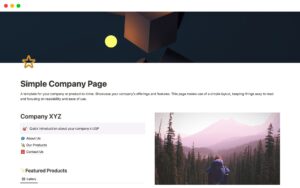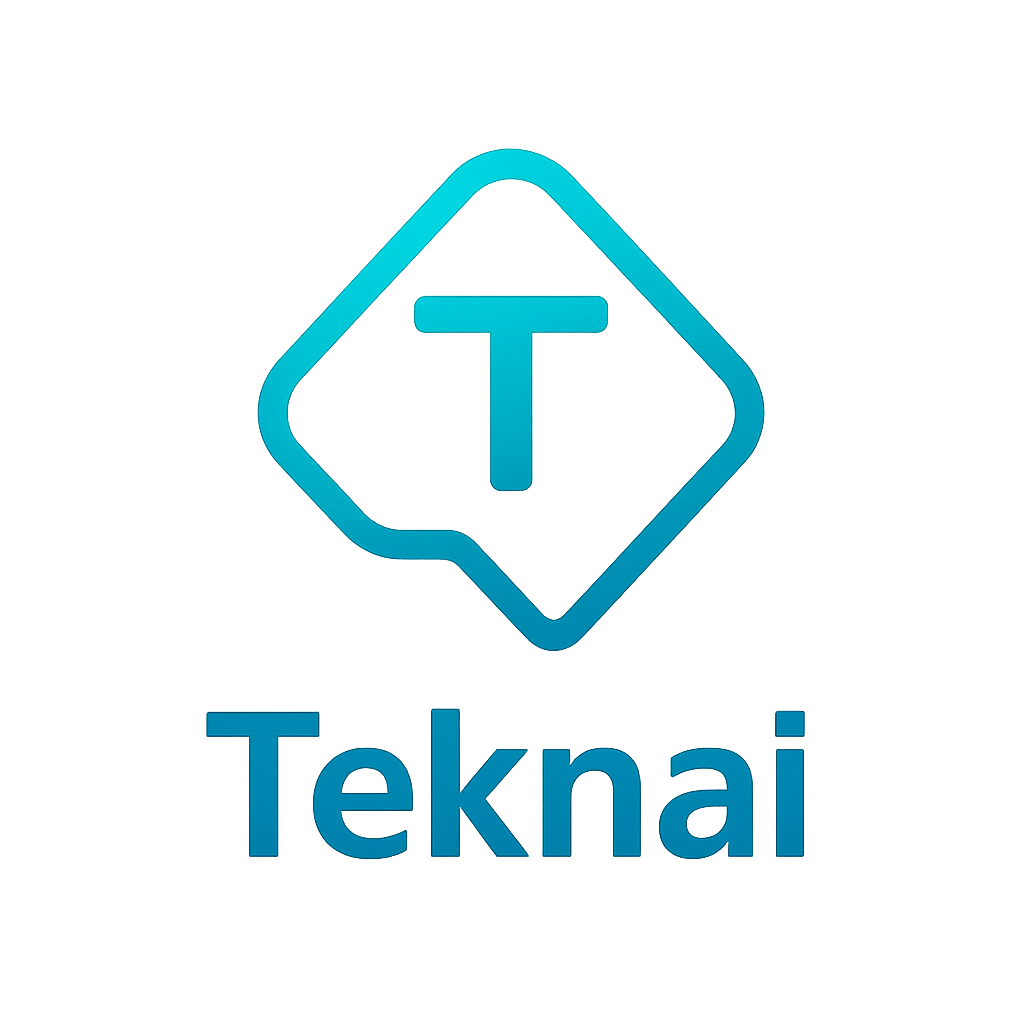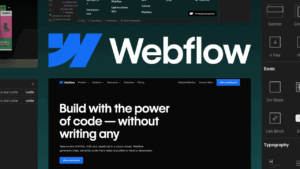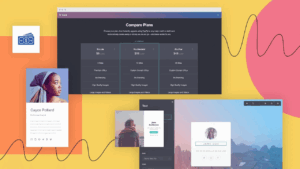Content
Why use no-code tools to build your website?
Creating a professional website no longer requires knowing how to code. Thanks to no-code platforms, you can launch a beautiful, functional, and optimized website without writing a single line of code.
Perfect for:
-
Digital entrepreneurs
-
Small business owners
-
Creators looking to build a portfolio
-
Product/service landing pages
Top Benefits of No-Code Website Builders
-
No coding required
-
Sleek, ready-made templates
-
Fast publishing
-
Built-in SEO and mobile optimization
-
Easy integrations with tools like email marketing, payments, and social media
Best No-Code Website Builders in 2025
1. WordPress (with Elementor or other visual builders)
WordPress remains the most popular website platform globally. Paired with drag-and-drop builders like Elementor, Divi, Bricks, or Kadence, it offers full flexibility without the need to code.
🔹 Best for: Full control and scalability — supports blogs, online stores, portfolios, and more.
🔗 Visit WordPress.org

2. Wix
Known for its ease of use, Wix offers an intuitive drag-and-drop editor and dozens of polished templates. Great for beginners who want to build a site in minutes.
🔹 Best for: Simple setup with built-in features for blogs, online bookings, and ecommerce.
🔗 Visit Wix.com
3. Webflow
Webflow gives you advanced control over layout and SEO — all visually. It’s especially popular among designers and digital agencies.
🔹 Best for: Creative freedom and pixel-perfect design, with zero code.
🔗 Visit Webflow.com
4. Notion + Super.so
Already using Notion? With Super.so, you can turn any Notion page into a clean, professional website — perfect for minimalist portfolios or personal link pages.
🔹 Best for: Fast publishing, minimal design, and ease of use.
🔗 Visit Super.so

Step-by-Step Guide to Launching Your No-Code Website
Step 1: Choose the right platform
Match your goals with the right tool:
-
For SEO-focused blogs → WordPress
-
For quick visual sites → Wix or Carrd
-
For Notion lovers → Super.so
Tip: Carrd is great for simple one-page websites and link-in-bio pages. Include it in your toolkit if you need something fast and lean.
Step 2: Pick a template
Start with a pre-designed template that fits your brand or goal. It saves time and keeps things polished.
Step 3: Add your content
Replace demo content with your own:
-
Headlines, text, and call-to-actions
-
Photos, videos, and icons
-
Contact forms, buttons, testimonials

Step 4: Connect your custom domain
Buy a domain (e.g. .com, .net, .co) either directly via the platform or from services like:
-
Namecheap
-
Google Domains
-
GoDaddy
Step 5: Optimize for SEO & Mobile
Don’t skip this part! SEO and mobile responsiveness are key.
📌 Optimization Checklist:
-
Use keywords in titles and headers
-
Write clear meta descriptions
-
Enable responsive/mobile mode
-
Compress and optimize images for speed
Bonus Tip: Powerful No-Code Integrations
Maximize your site’s potential with no-code-friendly integrations:
-
Email marketing: Mailchimp, ConvertKit, Brevo
-
Contact forms: Typeform, Jotform
-
Analytics: Google Analytics, Plausible, Hotjar
-
Chatbots: Tidio, Crisp, or Intercom
-
Automation: Zapier or Make (formerly Integromat)
Final Thoughts: Building a Website Without Coding Is Totally Doable
Thanks to modern no-code tools, you don’t need to rely on developers or spend thousands to build a high-quality website.
Whether you’re launching a blog, digital portfolio, online service, or product page — you can get online fast, affordably, and professionally.






[…] Você também pode conferir nosso post: Aprenda a Programar em Python do Zero e Como Criar um Site Profissional com Ferramentas No-Code. […]